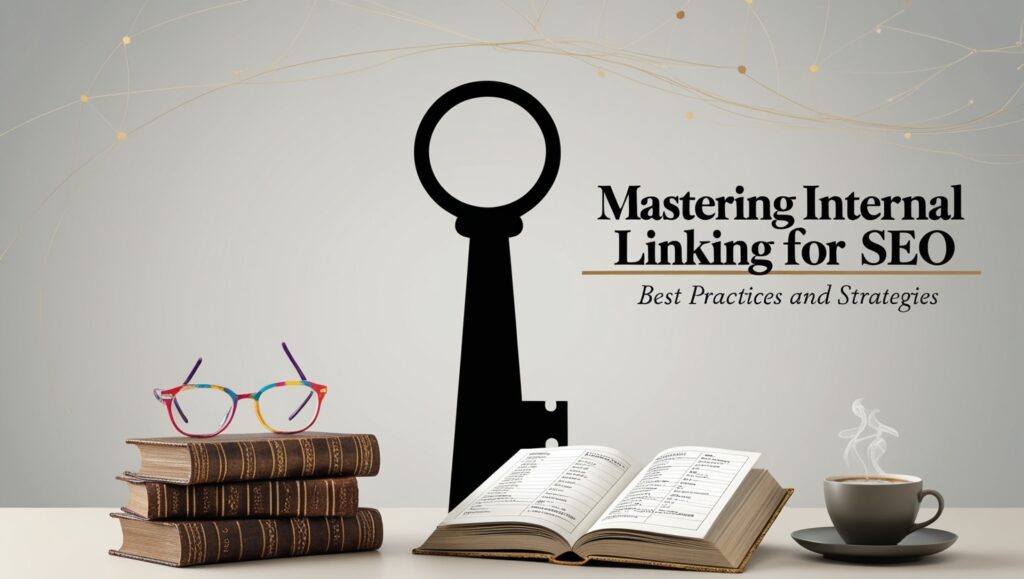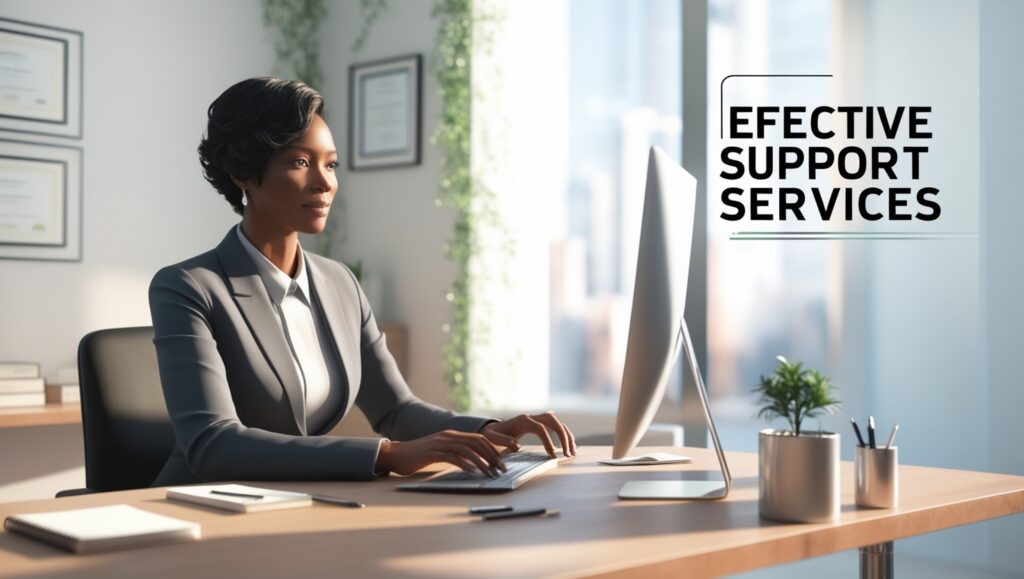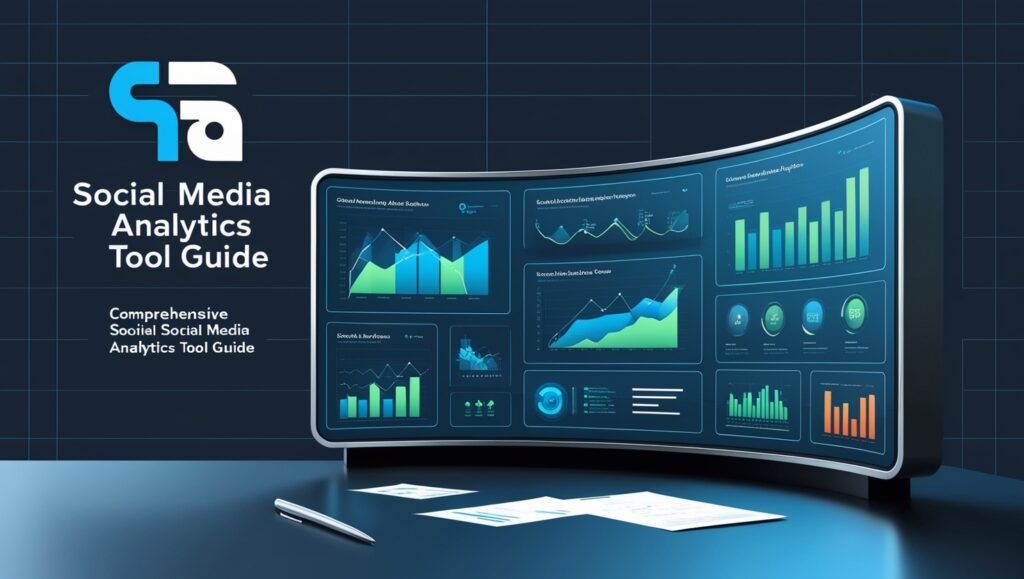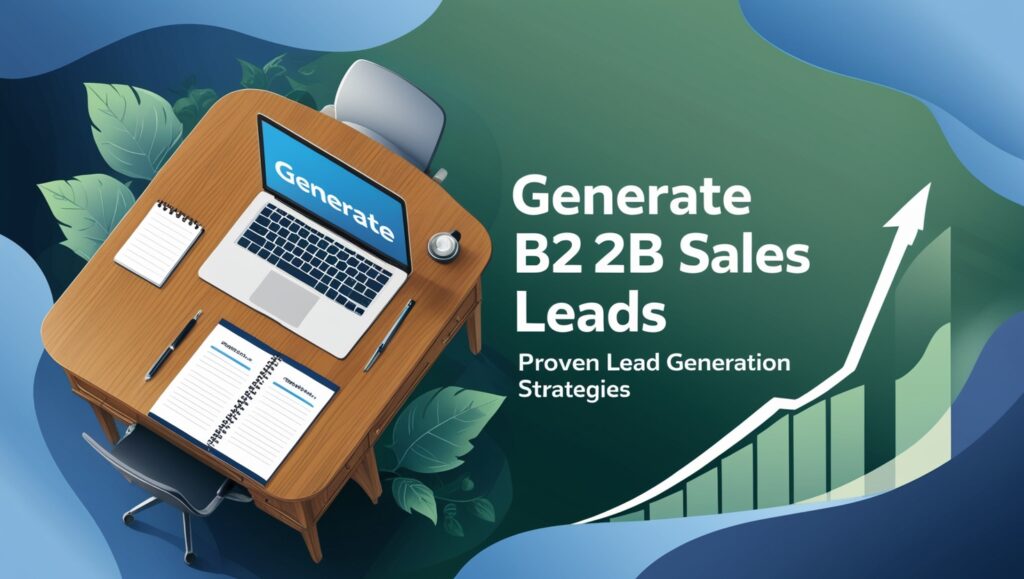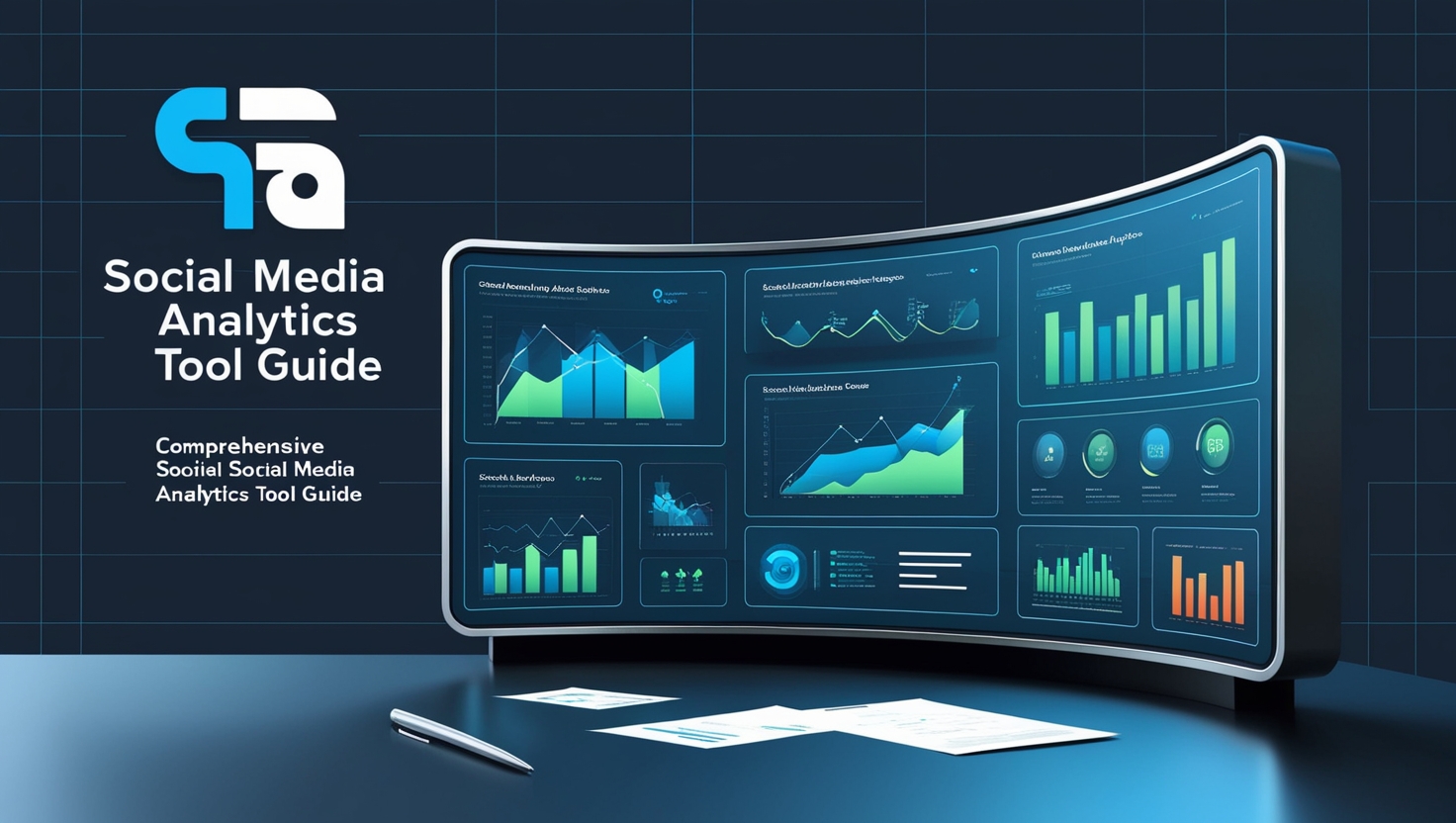Mastering internal linking SEO is essential for enhancing your website’s visibility and usability. By strategically placing internal links on a page on your site, you can guide users to important pages and improve the SEO value of your new page. Aim for a balanced number of internal links—too many can dilute the link equity, while too few may hinder navigation. Each internal link pointing to a target page should use relevant anchor text for internal links to help Google understand the context.
Why are Internal Links Important for SEO?
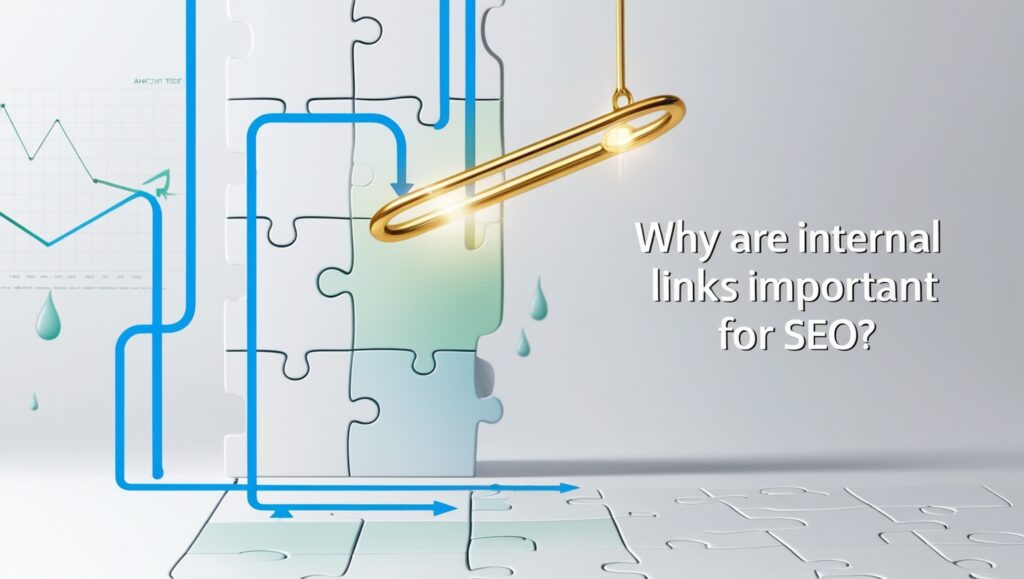
Mastering Internal Linking SEO is essential for better rankings and a seamless user experience. Internal links guide visitors and search engines through your site, distributing link equity and boosting page authority. A strong linking structure encourages engagement, reduces bounce rates, and increases time spent on your site. Regular audits help uncover new opportunities to optimize links and improve performance. By strategically connecting relevant pages, you create a well-organized system that enhances visibility and drives better SEO results.
What are the benefits of internal linking?
| Benefit | Description | SEO Impact | User Experience Impact |
|---|---|---|---|
| Improved Page Authority | Distributes link equity across pages, boosting rankings. | Helps search engines understand page importance. | Increases visibility of important content. |
| Better Crawling & Indexing | Guides search engines to discover and index new pages easily. | Improves site structure and SEO performance. | Ensures users can access relevant content easily. |
| Enhanced Engagement | Encourages users to explore related content through relevant links. | Increases session duration and reduces bounce rate. | Keeps users on-site longer, improving satisfaction. |
| Optimized Link Equity | Connects high-authority pages with low-authority ones to spread value. | Strengthens SEO for lower-ranked pages. | Provides smoother navigation and content discovery. |
How do internal links help search engines?
Internal links connect pages within a website, enhancing navigation for users and search engines. They guide crawlers, improve page visibility, distribute authority, and boost SEO by helping lesser-known pages rank higher in search results.
Why should you use internal links on your site?
Using internal links on your site enhances navigation, making it easier for users to find related content. This not only improves user experience but also keeps visitors engaged longer.
Additionally, internal links help search engines understand the structure of your site, boosting your SEO efforts. By distributing link equity throughout your pages, you can improve the ranking potential of less visible content.
What are the Best Practices for Internal Linking?
Use descriptive anchor text for internal links to help users and search engines understand the content. Place links naturally and avoid overstuffing. Regularly audit and fix broken links to improve navigation and boost SEO performance.
Identify Internal Linking Opportunities
To identify internal linking opportunities, begin by analyzing your existing content. Look for relevant pages that can enhance the user experience by providing additional context or information. Utilize tools like site audits to uncover orphaned pages that lack links from other content.
Additionally, consider the keywords associated with your content to create meaningful connections. By strategically placing internal links, you can improve SEO performance and increase page authority.
Common Mistakes in Internal Linking
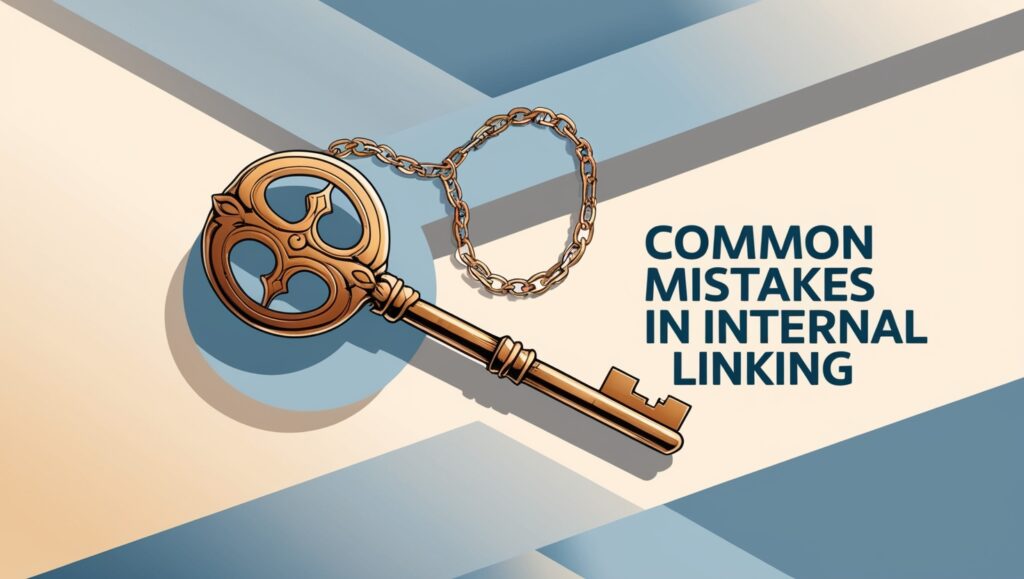
One of the most common mistakes in internal linking is neglecting to use descriptive anchor text. Vague phrases like “click here” do not provide context for users or search engines.
Additionally, overloading a page with too many internal links can dilute their value and confuse readers. It’s essential to maintain a balanced approach.
Finally, failing to update links when content changes can lead to broken links, negatively impacting both user experience and SEO.
What is the relationship between technical SEO and internal links?
- Improved Crawlability: Internal links help search engine crawlers discover and index pages more efficiently.
- Site Structure Clarity: A well-planned internal linking strategy enhances the structure, helping search engines understand page relationships.
- Link Equity Distribution: Technical SEO leverages internal links to pass authority from high-ranking pages to others, boosting overall SEO performance.
- Reduced Crawl Errors: Regular audits of internal links ensure no broken or orphaned pages, improving site health and crawl efficiency.
- Enhanced User Experience: A seamless internal linking structure aligns with technical SEO goals by improving navigation and reducing bounce rates.
How to fix broken internal links?
To fix broken internal links, start by identifying them using tools like Google Search Console or online link checkers. Once identified, evaluate the target pages to ensure they exist and are accessible. If a page has been moved or deleted, update the link to point to the correct URL. Finally, conduct a thorough review to maintain a seamless user experience and improve SEO performance.
What Tools Can Help With Internal Link Analysis?

Internal link analysis is crucial for SEO and site structure optimization. Tools like Google Search Console, Screaming Frog, and Ahrefs help identify broken links, assess link distribution, and improve navigation. Regular analysis ensures a well-optimized linking strategy, enhancing user experience and boosting search engine rankings.
How to Monitor and Optimize Existing Internal Links?
To monitor existing internal links, utilize tools like Google Search Console or specialized SEO software to identify broken links and assess their performance. Regularly check for link rot, ensuring all internal links direct to relevant and active pages.
To optimize internal links, ensure they use descriptive anchor text that enhances user experience and improves SEO. Additionally, consider the link structure, promoting important pages through strategic placement within your content.
How to track the performance of internal links?
To effectively track the performance of internal links, begin by utilizing analytics tools that monitor user behavior on your website. These tools can provide insights into which links are clicked most frequently and how users navigate through your content.
Additionally, consider setting up conversion goals to measure the impact of internal links on user actions, such as sign-ups or purchases. Regularly review this data to identify trends and optimize your internal linking strategy.
Conclusion
Mastering Internal Linking SEO is essential for boosting your site’s visibility, usability, and rankings. A strategic internal linking structure not only improves navigation but also distributes link equity, enhancing the authority of key pages. Regular audits, descriptive anchor text, and natural link placement ensure your links stay effective and valuable. By continuously optimizing your internal links and monitoring their performance, you can create a seamless user experience that encourages engagement and helps search engines better understand your content.

